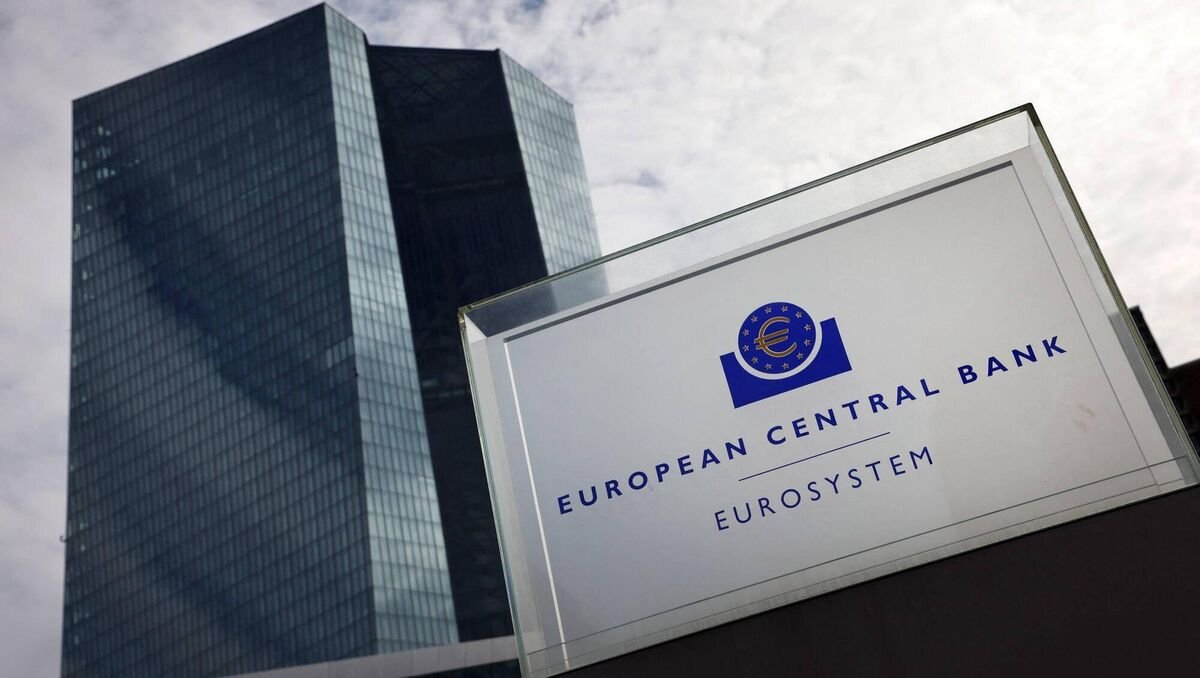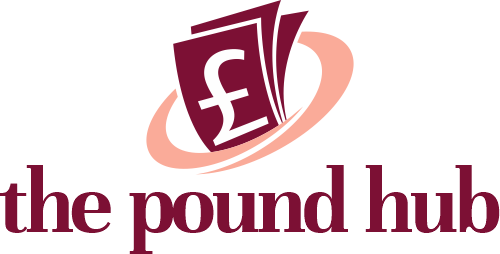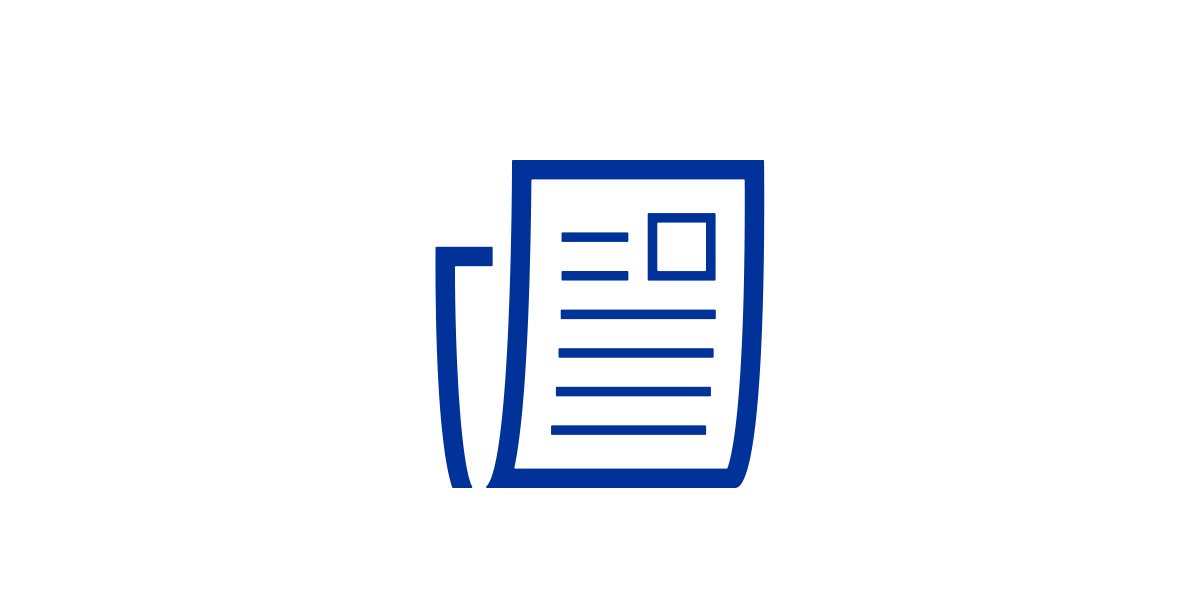The risk of the euro sliding to parity with the dollar is mounting in financial markets after this week’s interest rate cut and stark reminder that a Donald Trump presidency could spark a global trade war.
Just days after Mr Trump suggested US tariffs could be aimed at Europe as well as China and other countries, ECB president Christine Lagarde warned that any barriers would pose a “downside risk” for the bloc’s already struggling economy.
On Thursday, Ms Lagarde delivered a second interest rate cut in a row and sparked bets on even more aggressive reductions to come.
ECB officials are due to meet again in December where another rate cut is potentially on the cards.
The combination sent the euro tumbling, putting it on track for its third straight week of losses against the greenback and its worst weekly drop against the pound this year.
“Euro-dollar parity is definitely a possibility if Mr Trump wins and goes full monty on tariffs,” said Michael Hart, senior currency strategist at Pictet Wealth Management.
Pictet and Deutsche Bank no longer consider a scenario where one euro buys a single dollar to be far-fetched, while JP Morgan Private Bank and ING Groep see the risk that the common currency could fall toward that level before the year is out.
The curdling sentiment is visible in the options market, where traders are ramping up bearish bets against the common currency.
A gauge of risk reversals over the next month — or how expensive it is to buy options that benefit from a currency’s gains relative to those that target weakness — is now the most negative on the euro-dollar pair in three months, showing an appetite to bet on euro pain.
Options to protect against a weaker euro in the short term are concentrated on a fall to the $1.08-$1.07 area, according to data from the Depository Trust & Clearing Corporation.
Interest in protecting against a slide to $1.05 is on the rise, while parity trades comprise a small fraction of total volumes, for now.
“We like long dollar against the euro, given the sensitivity of Europe to shifts in foreign policy and the prospect of broad tariffs under Mr Trump,” said Aroop Chatterjee, a strategist at Wells Fargo.
The Chinese yuan, Mexican peso, and Japanese yen are typically seen as the main lightning rods for fresh US trade restrictions, but Europe’s lackluster economy makes the euro vulnerable.
US tariffs could crimp global trade just as growth is slowing and central banks are cutting rates.

Money markets imply a 20% chance the ECB will deliver a half-point cut at the final meeting of the year and are almost fully priced for quarter-point reductions at every meeting through April.
The euro was trading little changed against the dollar at $1.0843 on Friday morning, set for its third week of losses, the longest streak since June.
“A Trump election and a tariff war is looming which could force the ECB into further action to keep the currency weak and remain competitive,” said Kaspar Hense, senior portfolio manager at RBC BlueBay Asset Management.
In an interview with Bloomberg earlier this week, Mr Trump described tariffs as “the most beautiful word in the dictionary.”
Singling out Europe, he added: “You know what’s tough? The European Union. They treat us so badly we have a deficit.”
Though the outcome of the election remains too close to call, George Saravelos, global head of FX research at Deutsche Bank, says a global trade war involving China would drive the ECB to cut rates more aggressively than markets are currently pricing.
“This would take rate spreads to all-time historical extremes and the euro-dollar pair down to around 1.00,” he wrote earlier this month.







